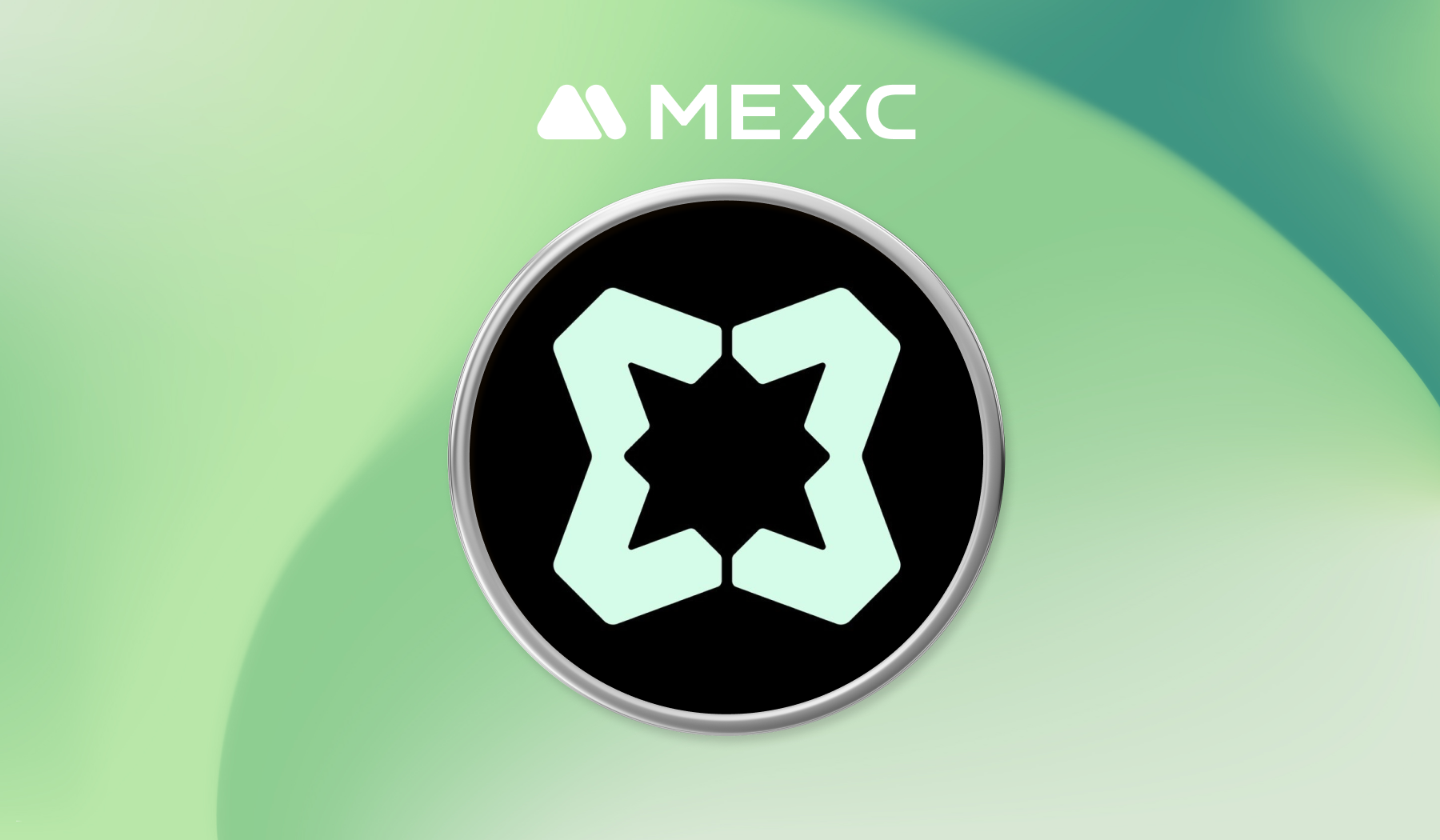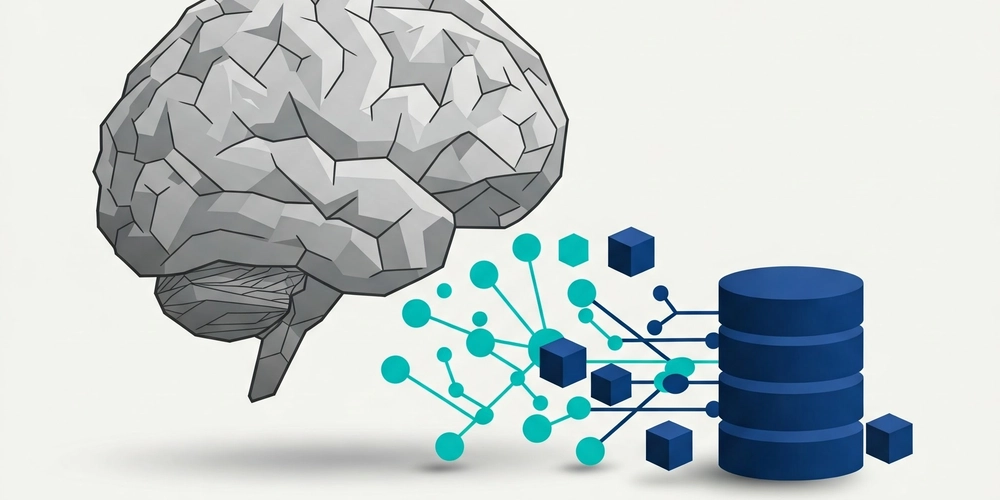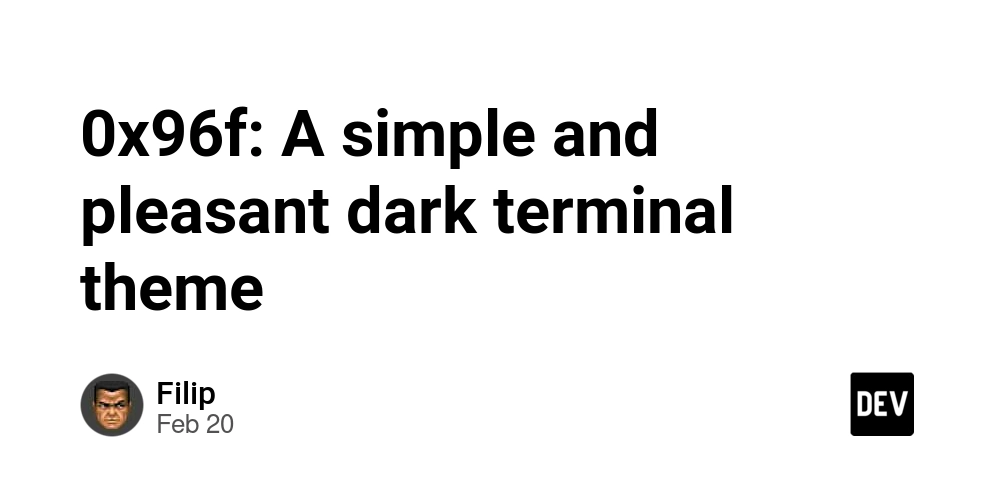Docker CI/CD: A Comprehensive Guide to Streamlining Software Delivery
Docker CI/CD: A Comprehensive Guide to Streamlining Software Delivery Estimated reading time: 10 minutes Key Takeaways Docker CI/CD integrates containerization with continuous integration and continuous deployment to enhance software delivery processes. Offers environment consistency, isolated workflows, enhanced scalability, and accelerated delivery. Key components include version control systems, CI/CD platforms, container orchestration, monitoring and logging, and security tools. Integration methods: automated testing, Docker integration pipeline setup, and container orchestration in CI/CD. Best practices involve image management, security measures, and performance optimization. Addresses common challenges such as image size, security vulnerabilities, resource management, network complexity, and data persistence. Table of contents Docker CI/CD: A Comprehensive Guide to Streamlining Software Delivery Key Takeaways Understanding Docker CI/CD Role in Modern DevOps Key Components of a Docker CI/CD Pipeline Version Control Systems CI/CD Platforms Container Orchestration Monitoring and Logging Security Tools Methods to Integrate Docker with CI/CD Workflows Automated Testing with Docker Docker Integration Pipeline Setup Container Orchestration in CI/CD Kubernetes Deployment Docker Swarm Deployment Best Practices for Docker CI/CD Integration Image Management Security Measures Performance Optimization Common Challenges and Solutions Challenge 1: Image Size Challenge 2: Security Vulnerabilities Challenge 3: Resource Management Challenge 4: Network Complexity Challenge 5: Data Persistence Case Studies and Real-World Examples Netflix Spotify PayPal Tools and Resources for Docker CI/CD Essential Tools Learning Resources Conclusion Next Steps Frequently Asked Questions Docker CI/CD has revolutionized how organizations approach software development and delivery. By combining Docker containerization with Continuous Integration (CI) and Continuous Deployment (CD) practices, teams can achieve unprecedented levels of efficiency, consistency, and scalability in their development workflows. In this comprehensive guide, we’ll explore how Docker CI/CD transforms software delivery and provide practical insights for implementing these practices in your organization. Understanding Docker CI/CD Docker CI/CD represents the integration of Docker containerization technology with continuous integration and continuous delivery/deployment pipelines. This powerful combination provides several critical advantages for modern software development teams: Environment Consistency: Applications run identically across development, testing, and production environments. Isolated Workflows: Containerization eliminates dependency conflicts and environment issues. Enhanced Scalability: Easy scaling of resources to meet varying demands. Accelerated Delivery: Faster build and deployment processes through efficient containerization. The impact of Docker CI/CD extends beyond technical benefits, serving as a strategic asset for organizations seeking to optimize their software delivery lifecycle. [Reference] Role in Modern DevOps Docker CI/CD has become instrumental in modern DevOps practices, facilitating: Automated testing and deployment. Microservices architecture implementation. Infrastructure as code practices. Continuous monitoring and feedback loops. These capabilities have made Docker CI/CD an essential component of modern software development strategies. [Red Hat – What is CI/CD?] [Best CI/CD Tools for DevOps] Key Components of a Docker CI/CD Pipeline A robust Docker CI/CD pipeline comprises several essential components working in harmony to enable efficient software delivery: Version Control Systems Git SVN Mercurial CI/CD Platforms Jenkins GitLab CI CircleCI Travis CI [Best CI/CD Tools for DevOps: A Comprehensive Guide for 2024] Container Orchestration Kubernetes Docker Swarm [Docker vs Kubernetes Comparison] Monitoring and Logging Prometheus ELK Stack Grafana [Best Logging Tools for Kubernetes: Comprehensive Guide for 2023] Security Tools Clair Anchore Trivy [Best Practices for DevSecOps: A Comprehensive Guide] Each component plays a crucial role in creating a seamless pipeline from code commit to production deployment. [Docker and Jenkins: Build Robust CI/CD Pipelines] Methods to Integrate Docker with CI/CD Workflows Automated Testing with Docker Docker containers provide isolated environments for testing, enabling: test: stage: test image: python:3.9 script: - pip install -r requirements.txt - pytest tests/ Key benefits include: Parallel test execution Consistent test environments Isolated database testing Browser-based testing in containers [What is CI/CD? Definition, Process, Benefits, and Best Practices] Docker Int
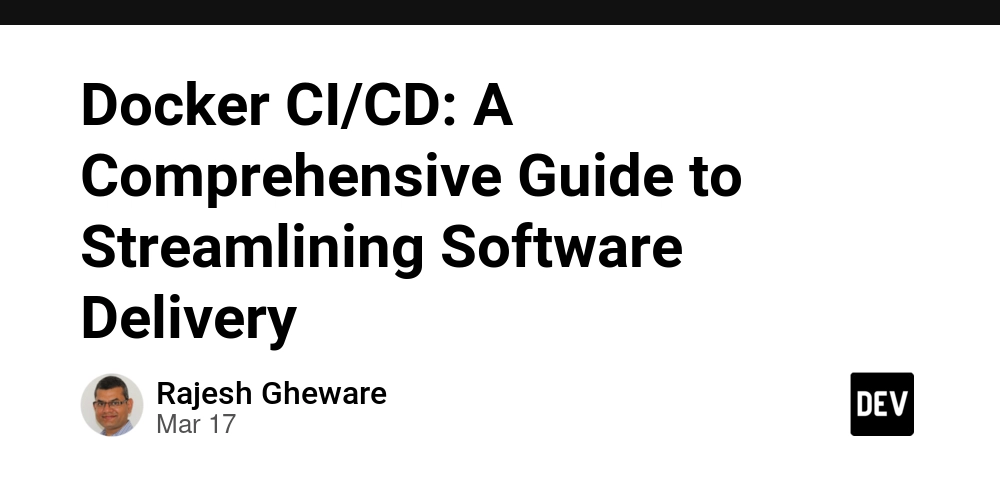
Docker CI/CD: A Comprehensive Guide to Streamlining Software Delivery
Estimated reading time: 10 minutes
Key Takeaways
- Docker CI/CD integrates containerization with continuous integration and continuous deployment to enhance software delivery processes.
- Offers environment consistency, isolated workflows, enhanced scalability, and accelerated delivery.
- Key components include version control systems, CI/CD platforms, container orchestration, monitoring and logging, and security tools.
- Integration methods: automated testing, Docker integration pipeline setup, and container orchestration in CI/CD.
- Best practices involve image management, security measures, and performance optimization.
- Addresses common challenges such as image size, security vulnerabilities, resource management, network complexity, and data persistence.
Table of contents
- Docker CI/CD: A Comprehensive Guide to Streamlining Software Delivery
- Key Takeaways
- Understanding Docker CI/CD
- Role in Modern DevOps
- Key Components of a Docker CI/CD Pipeline
- Version Control Systems
- CI/CD Platforms
- Container Orchestration
- Monitoring and Logging
- Security Tools
- Methods to Integrate Docker with CI/CD Workflows
- Automated Testing with Docker
- Docker Integration Pipeline Setup
- Container Orchestration in CI/CD
- Kubernetes Deployment
- Docker Swarm Deployment
- Best Practices for Docker CI/CD Integration
- Image Management
- Security Measures
- Performance Optimization
- Common Challenges and Solutions
- Challenge 1: Image Size
- Challenge 2: Security Vulnerabilities
- Challenge 3: Resource Management
- Challenge 4: Network Complexity
- Challenge 5: Data Persistence
- Case Studies and Real-World Examples
- Netflix
- Spotify
- PayPal
- Tools and Resources for Docker CI/CD
- Essential Tools
- Learning Resources
- Conclusion
- Next Steps
- Frequently Asked Questions
Docker CI/CD has revolutionized how organizations approach software development and delivery. By combining Docker containerization with Continuous Integration (CI) and Continuous Deployment (CD) practices, teams can achieve unprecedented levels of efficiency, consistency, and scalability in their development workflows.
In this comprehensive guide, we’ll explore how Docker CI/CD transforms software delivery and provide practical insights for implementing these practices in your organization.
Understanding Docker CI/CD
Docker CI/CD represents the integration of Docker containerization technology with continuous integration and continuous delivery/deployment pipelines. This powerful combination provides several critical advantages for modern software development teams:
- Environment Consistency: Applications run identically across development, testing, and production environments.
- Isolated Workflows: Containerization eliminates dependency conflicts and environment issues.
- Enhanced Scalability: Easy scaling of resources to meet varying demands.
- Accelerated Delivery: Faster build and deployment processes through efficient containerization.
The impact of Docker CI/CD extends beyond technical benefits, serving as a strategic asset for organizations seeking to optimize their software delivery lifecycle. [Reference]
Role in Modern DevOps
Docker CI/CD has become instrumental in modern DevOps practices, facilitating:
- Automated testing and deployment.
- Microservices architecture implementation.
- Infrastructure as code practices.
- Continuous monitoring and feedback loops.
These capabilities have made Docker CI/CD an essential component of modern software development strategies. [Red Hat – What is CI/CD?] [Best CI/CD Tools for DevOps]
Key Components of a Docker CI/CD Pipeline
A robust Docker CI/CD pipeline comprises several essential components working in harmony to enable efficient software delivery:
Version Control Systems
- Git
- SVN
- Mercurial
CI/CD Platforms
- Jenkins
- GitLab CI
- CircleCI
- Travis CI
[Best CI/CD Tools for DevOps: A Comprehensive Guide for 2024]
Container Orchestration
- Kubernetes
- Docker Swarm
[Docker vs Kubernetes Comparison]
Monitoring and Logging
- Prometheus
- ELK Stack
- Grafana
[Best Logging Tools for Kubernetes: Comprehensive Guide for 2023]
Security Tools
- Clair
- Anchore
- Trivy
[Best Practices for DevSecOps: A Comprehensive Guide]
Each component plays a crucial role in creating a seamless pipeline from code commit to production deployment. [Docker and Jenkins: Build Robust CI/CD Pipelines]
Methods to Integrate Docker with CI/CD Workflows
Automated Testing with Docker
Docker containers provide isolated environments for testing, enabling:
test:
stage: test
image: python:3.9
script:
- pip install -r requirements.txt
- pytest tests/
Key benefits include:
- Parallel test execution
- Consistent test environments
- Isolated database testing
- Browser-based testing in containers
[What is CI/CD? Definition, Process, Benefits, and Best Practices]
Docker Integration Pipeline Setup
Setting up a Docker integration pipeline involves several crucial steps:
- Dockerfile Creation
FROM node:14
WORKDIR /app
COPY package*.json ./
RUN npm install
COPY . .
CMD ["npm", "start"]
- CI/CD Configuration
build:
stage: build
image: docker:latest
services:
- docker:dind
script:
- docker build -t myapp:$CI_COMMIT_SHA .
- docker push myregistry.com/myapp:$CI_COMMIT_SHA
- Registry Configuration
- Configure secure access to Docker registry
- Implement image tagging strategy
- Set up cleanup policies
[Using Docker images in GitLab CI/CD]
Container Orchestration in CI/CD
Kubernetes Deployment
deploy:
stage: deploy
script:
- kubectl apply -f kubernetes-manifests/
Docker Swarm Deployment
deploy:
stage: deploy
script:
- docker stack deploy -c docker-compose.yml myapp
Best Practices for Docker CI/CD Integration
Image Management
- Implement semantic versioning
- Use multi-stage builds
- Optimize layer caching
- Regular base image updates
Security Measures
- Image scanning
- Minimal base images
- Non-root user execution
- Secrets management
- Read-only filesystems
Performance Optimization
- Leverage BuildKit
- Implement efficient caching
- Optimize Dockerfile structure
- Parallelize pipeline stages
Common Challenges and Solutions
Challenge 1: Image Size
Solution: Implement multi-stage builds and use minimal base images.
Challenge 2: Security Vulnerabilities
Solution: Regular scanning and security updates. [Kubernetes Security Best Practices]
Challenge 3: Resource Management
Solution: Implement resource limits and monitoring.
Challenge 4: Network Complexity
Solution: Use overlay networks and service discovery.
Challenge 5: Data Persistence
Solution: Implement volume management strategies. [Docker CI/CD]
Case Studies and Real-World Examples
Netflix
- Reduced build times by 50%
- Improved developer productivity
- Enhanced deployment consistency
Spotify
- Faster deployment cycles
- Better resource utilization
- Improved scalability
PayPal
- 50% reduction in development time
- Enhanced security compliance
- Improved system reliability
Tools and Resources for Docker CI/CD
Essential Tools
- Docker Compose
- Portainer
- Watchtower
- Trivy
- Dive
Learning Resources
- Official Docker Documentation
- Docker Captain’s Blog
- Docker Mastery Course
- Community Forums
- Docker Weekly Newsletter
Conclusion
Docker CI/CD has transformed software delivery by providing a consistent, efficient, and scalable approach to building and deploying applications. By implementing the practices and tools discussed in this guide, organizations can significantly improve their software delivery capabilities and maintain a competitive edge in today’s fast-paced technology landscape.
Next Steps
Ready to transform your software delivery process with Docker CI/CD?
- Subscribe to our newsletter for more insights
- Download our Docker CI/CD implementation checklist
- Join our community of DevOps professionals
- Share your Docker CI/CD success stories
Stay tuned for more detailed guides on specific aspects of Docker CI/CD implementation and best practices.
Frequently Asked Questions
What is Docker CI/CD?
Docker CI/CD refers to the integration of Docker containerization with continuous integration and continuous deployment practices to streamline software development and delivery.
Why use Docker in CI/CD pipelines?
Using Docker in CI/CD pipelines ensures environment consistency, accelerates delivery, and simplifies the deployment process across different stages of development.
What are the best practices for Docker CI/CD?
Best practices include efficient image management, implementing security measures, optimizing performance, and regularly updating base images.
How does Docker improve DevOps workflows?
Docker enhances DevOps workflows by providing isolated environments, facilitating microservices architecture, and enabling infrastructure as code practices.
What tools are essential for Docker CI/CD?
Essential tools include Docker Compose, Portainer, Watchtower, Trivy, and Dive for efficient management and security of Docker environments.
About the Author:Rajesh Gheware, with over two decades of industry experience and a strong background in cloud computing and Kubernetes, is an expert in guiding startups and enterprises through their digital transformation journeys. As a mentor and community contributor, Rajesh is committed to sharing knowledge and insights on cutting-edge technologies.



































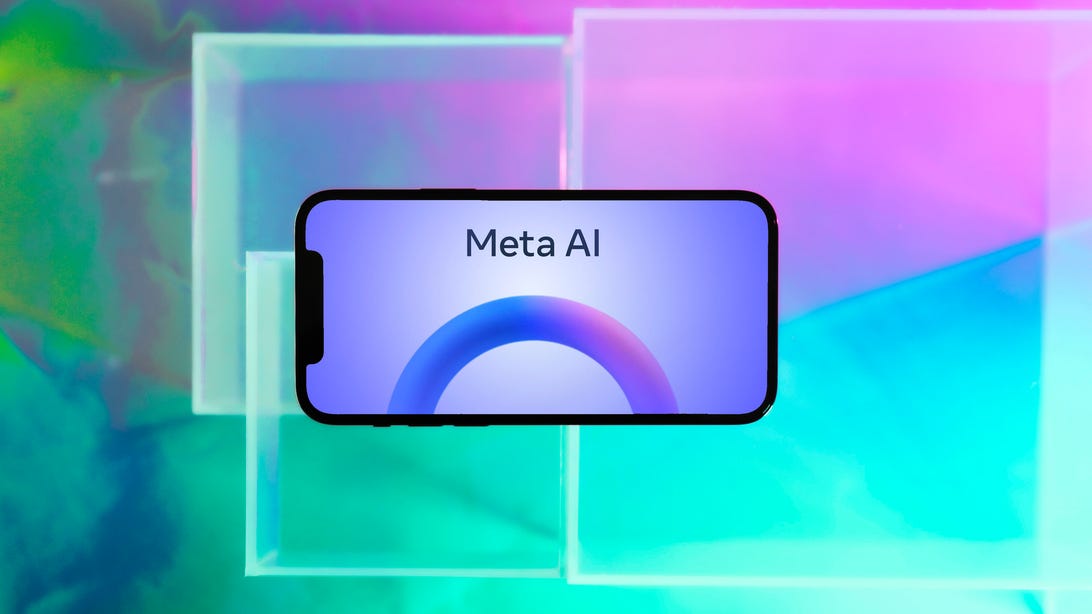




































































































































![[The AI Show Episode 143]: ChatGPT Revenue Surge, New AGI Timelines, Amazon’s AI Agent, Claude for Education, Model Context Protocol & LLMs Pass the Turing Test](https://www.marketingaiinstitute.com/hubfs/ep%20143%20cover.png)



































































































































![From drop-out to software architect with Jason Lengstorf [Podcast #167]](https://cdn.hashnode.com/res/hashnode/image/upload/v1743796461357/f3d19cd7-e6f5-4d7c-8bfc-eb974bc8da68.png?#)
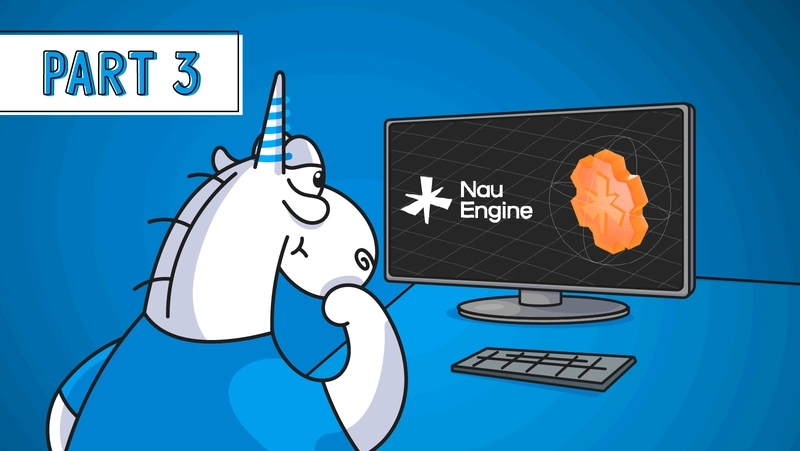
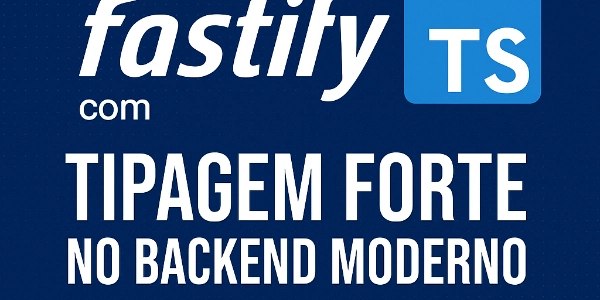













































































































.png?width=1920&height=1920&fit=bounds&quality=70&format=jpg&auto=webp#)


.png?width=1920&height=1920&fit=bounds&quality=70&format=jpg&auto=webp#)




























































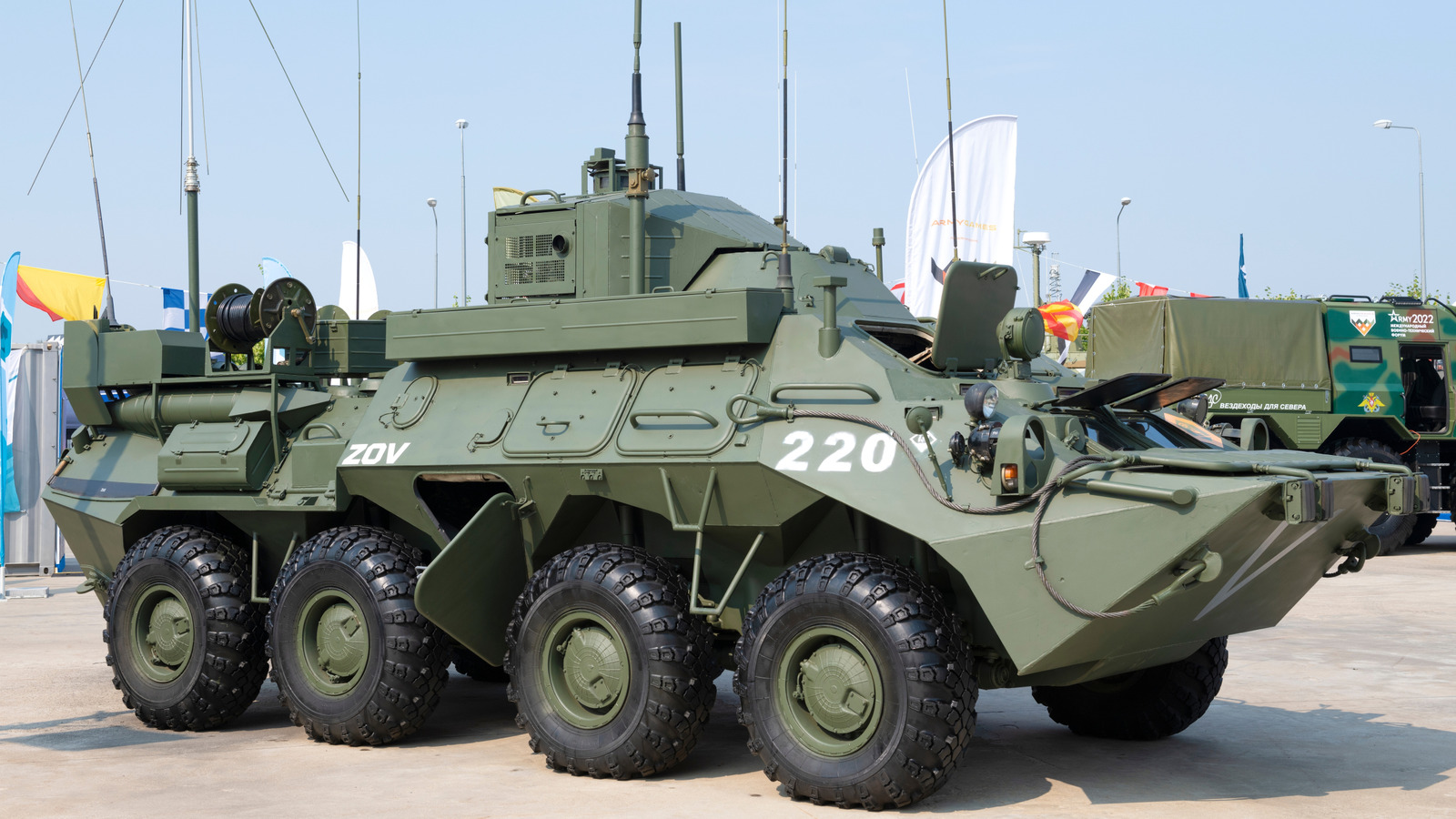

































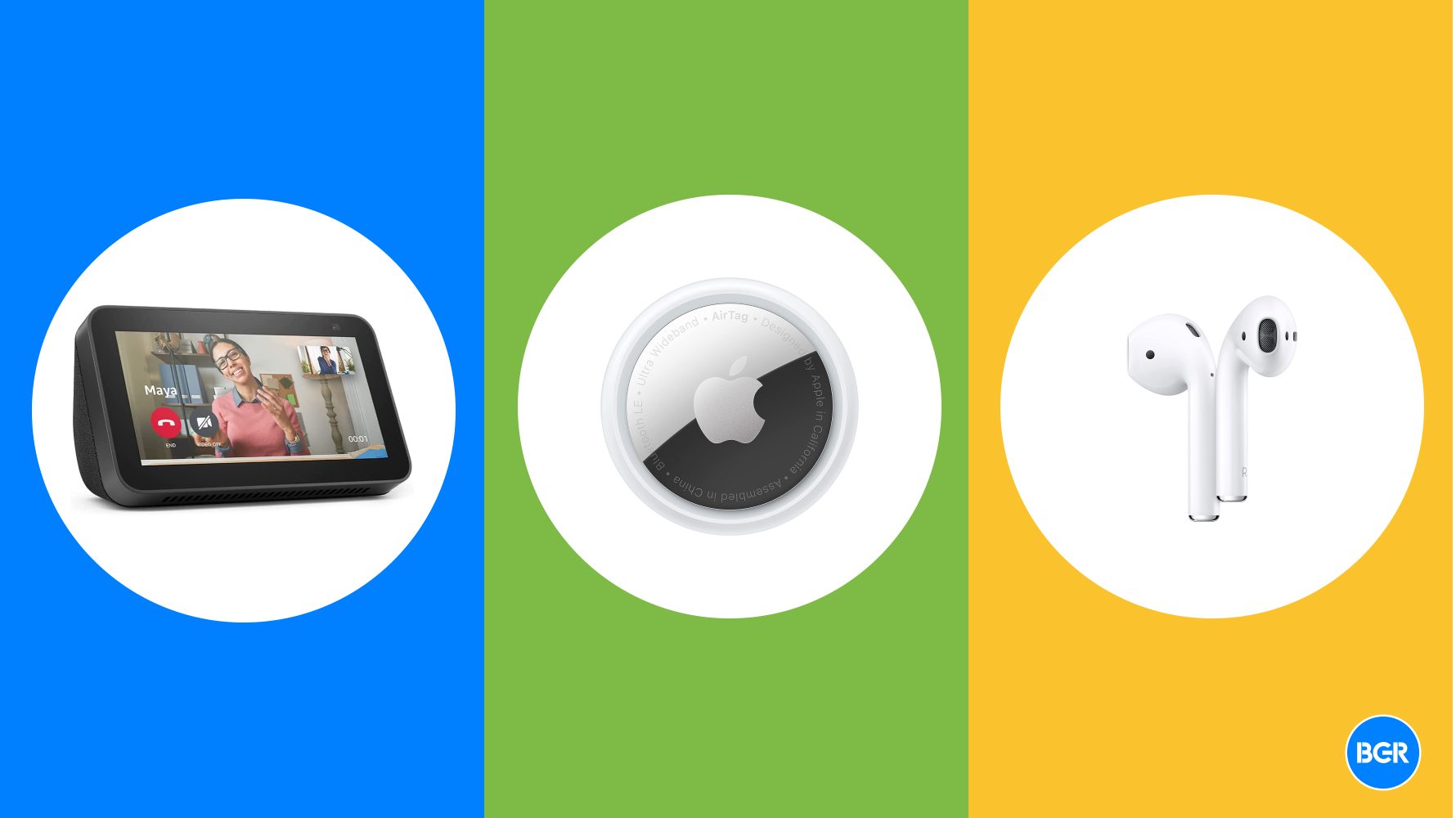







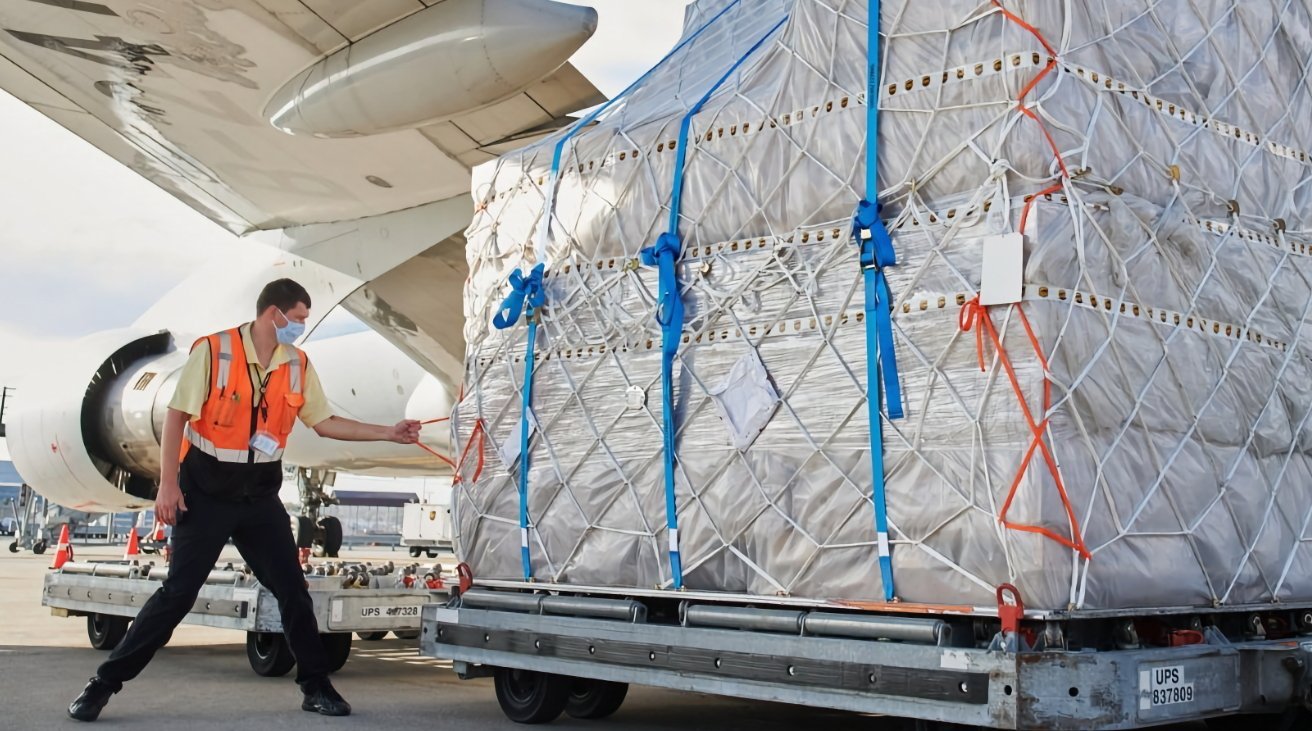


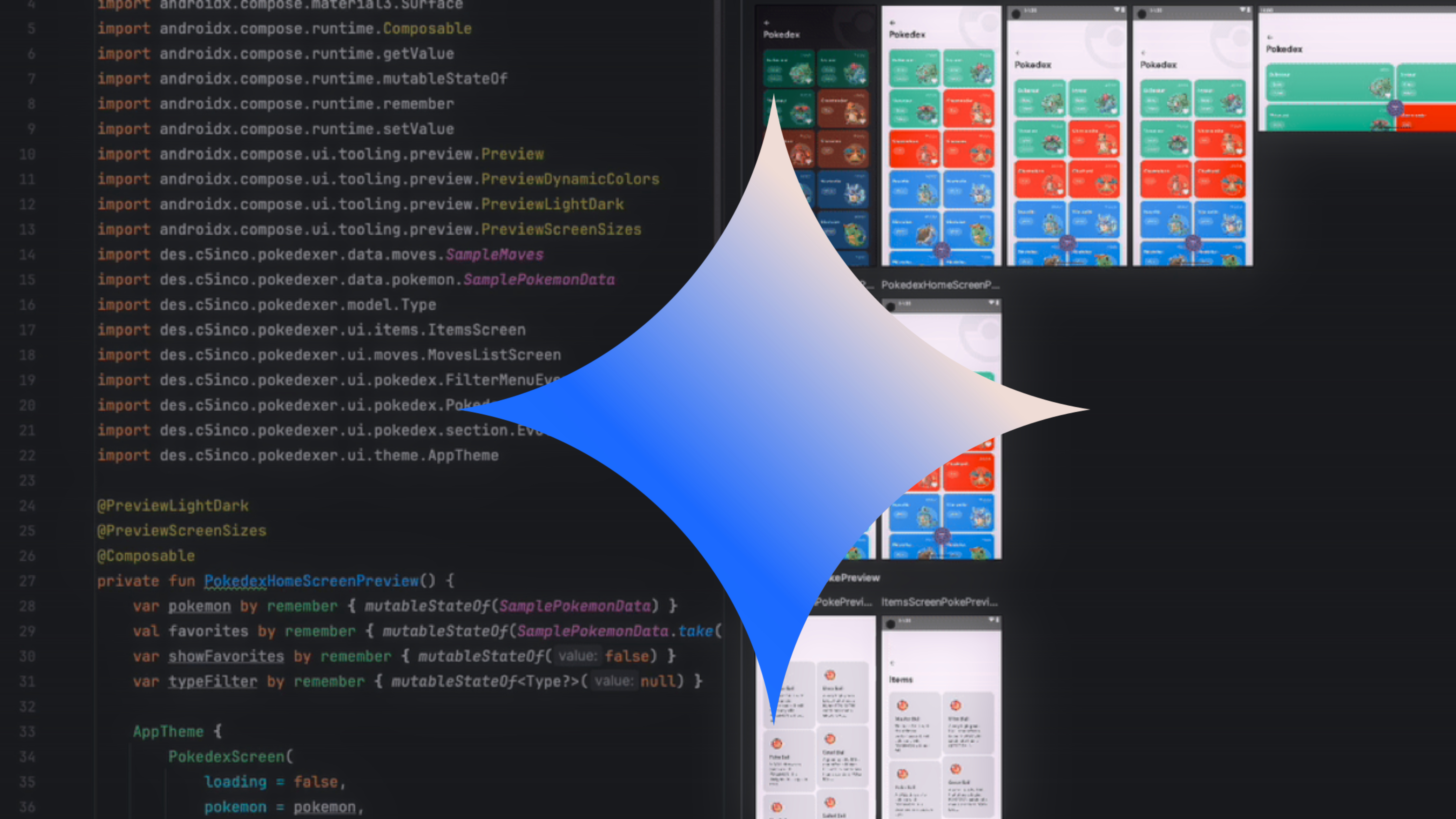


























![Apple Rushes Five Planes of iPhones to US Ahead of New Tariffs [Report]](https://www.iclarified.com/images/news/96967/96967/96967-640.jpg)
![Apple Vision Pro 2 Allegedly in Production Ahead of 2025 Launch [Rumor]](https://www.iclarified.com/images/news/96965/96965/96965-640.jpg)



















![3 big talking points after Daredevil Born Again episode 8: why did Daredevil save [spoiler], who really killed Foggy in the Marvel TV show, and more](https://cdn.mos.cms.futurecdn.net/FpR4EjKc9Pgn4VSqYqqoc3.jpg?#)


























































































